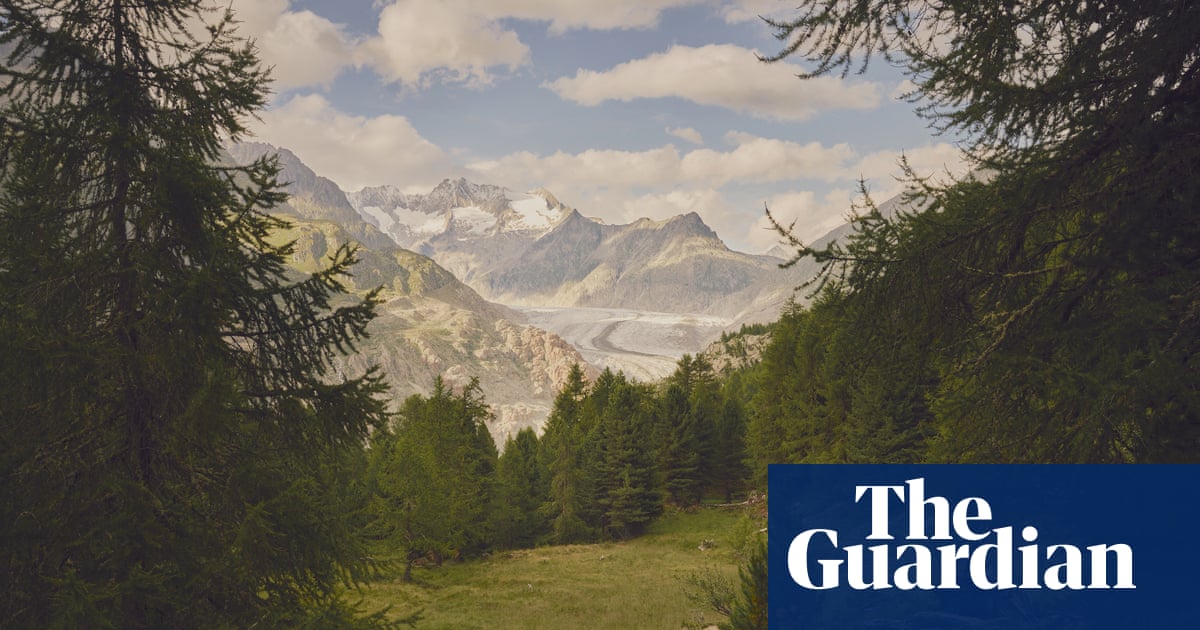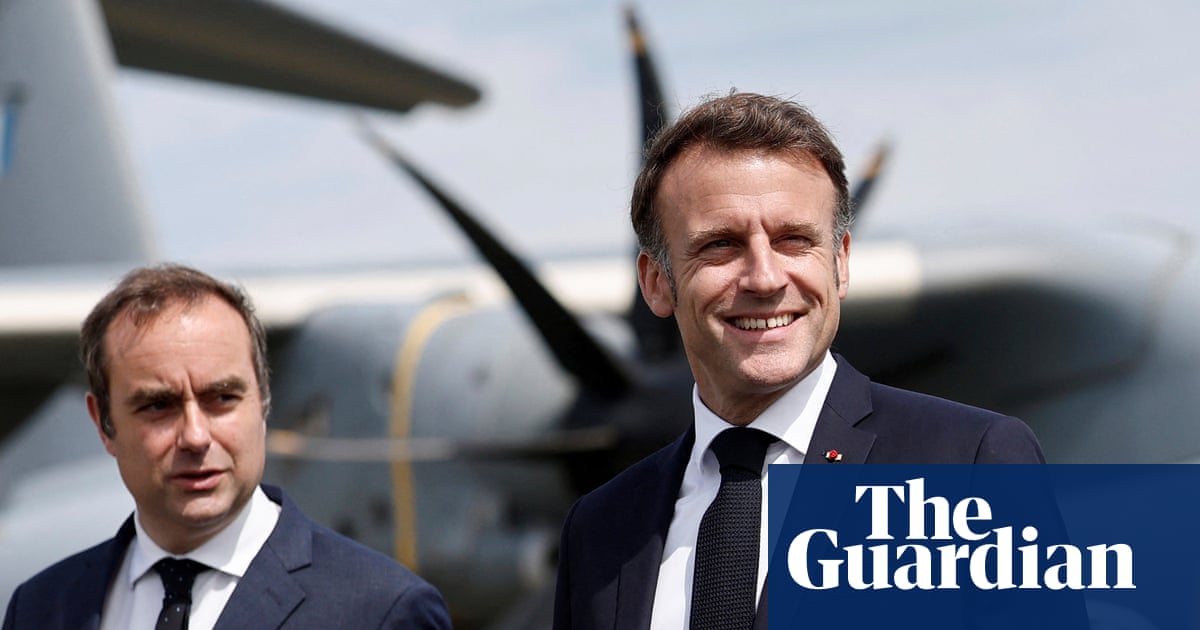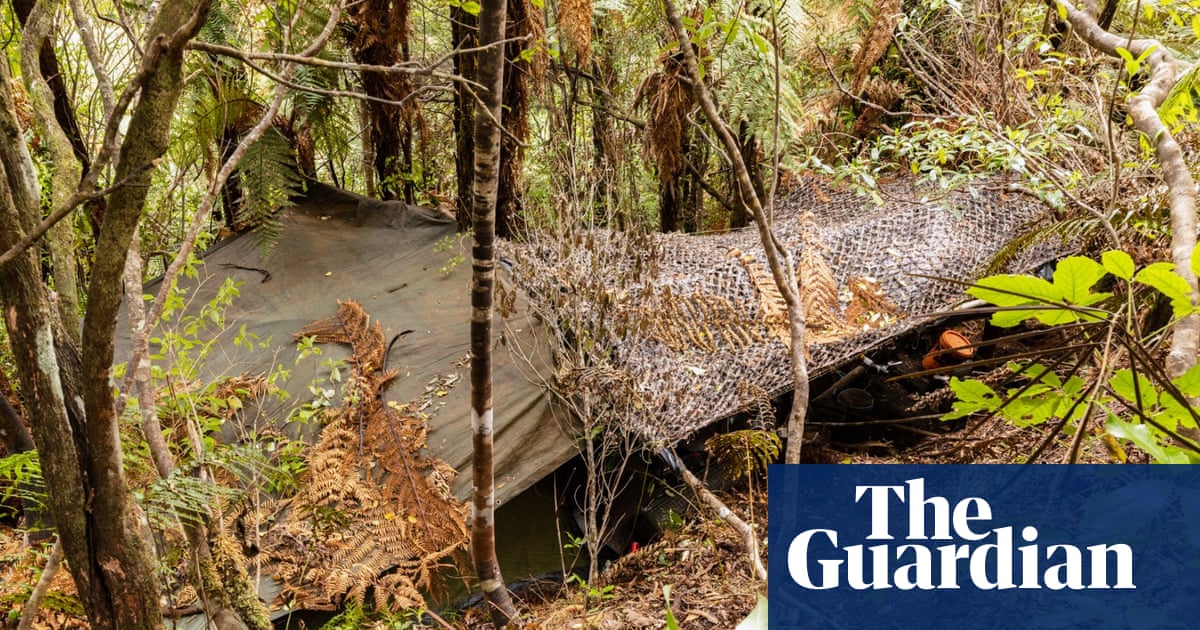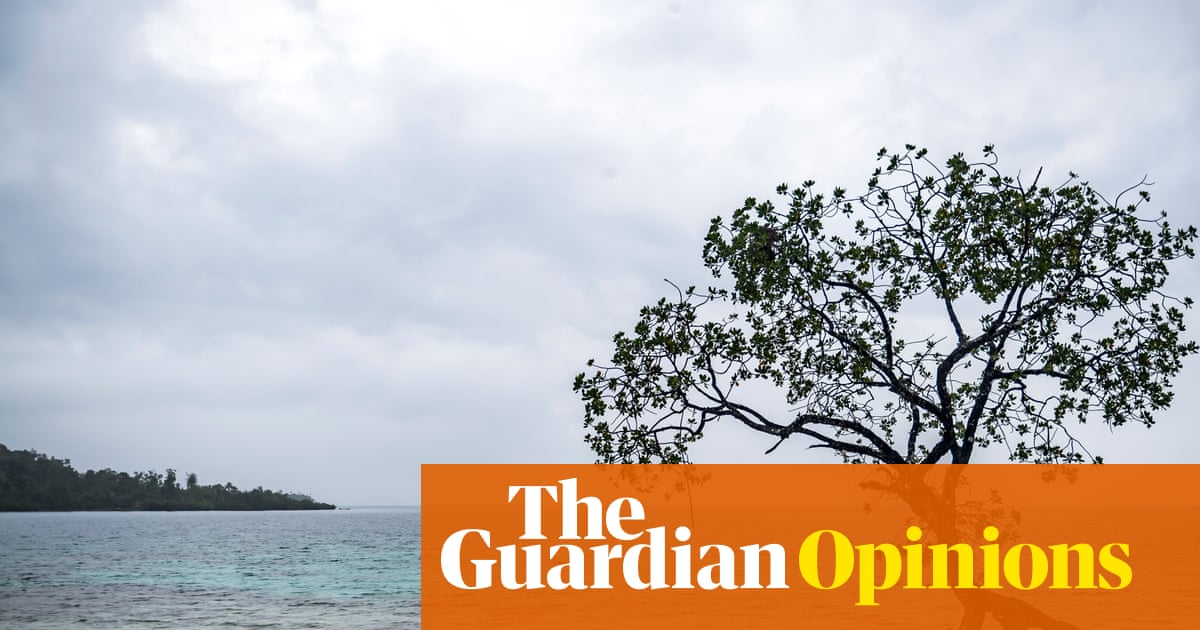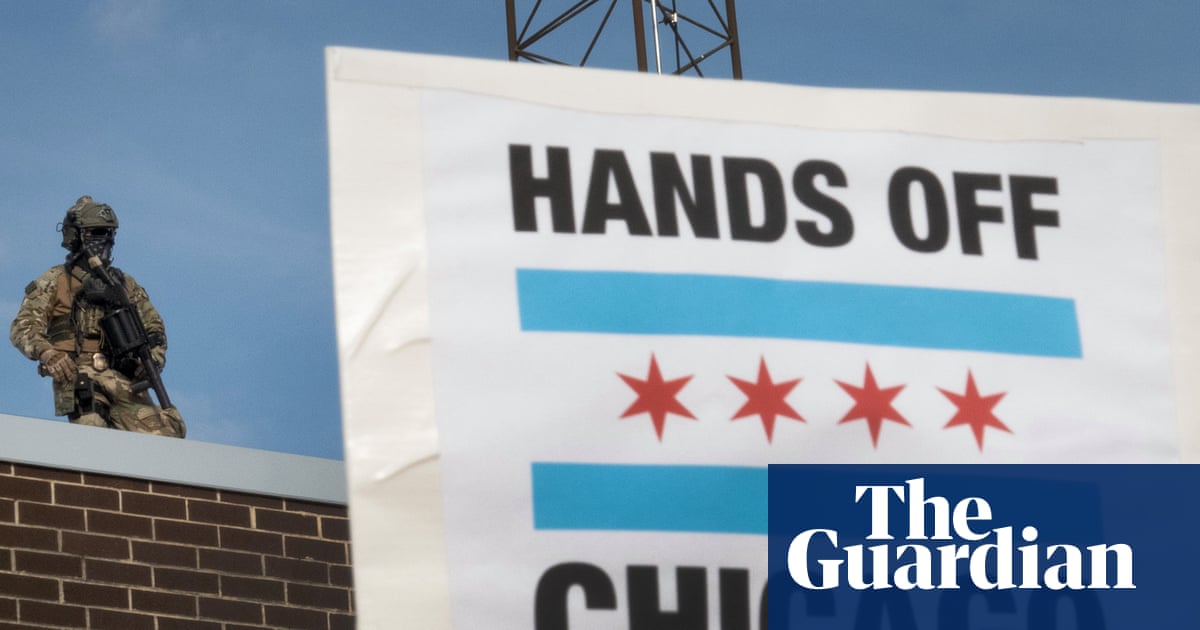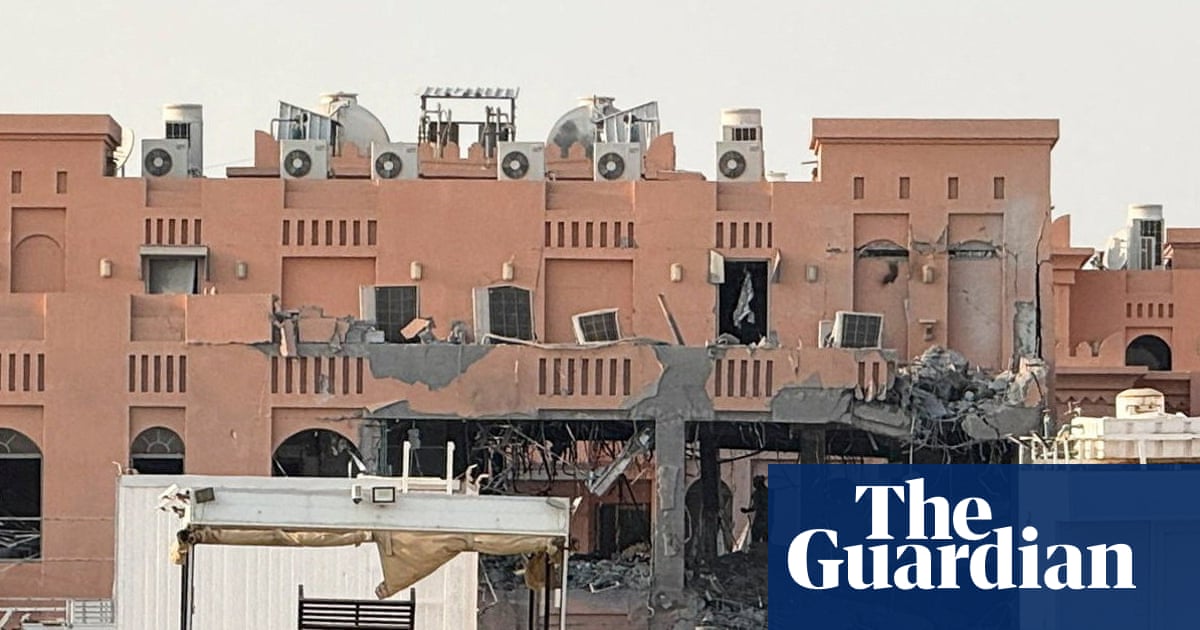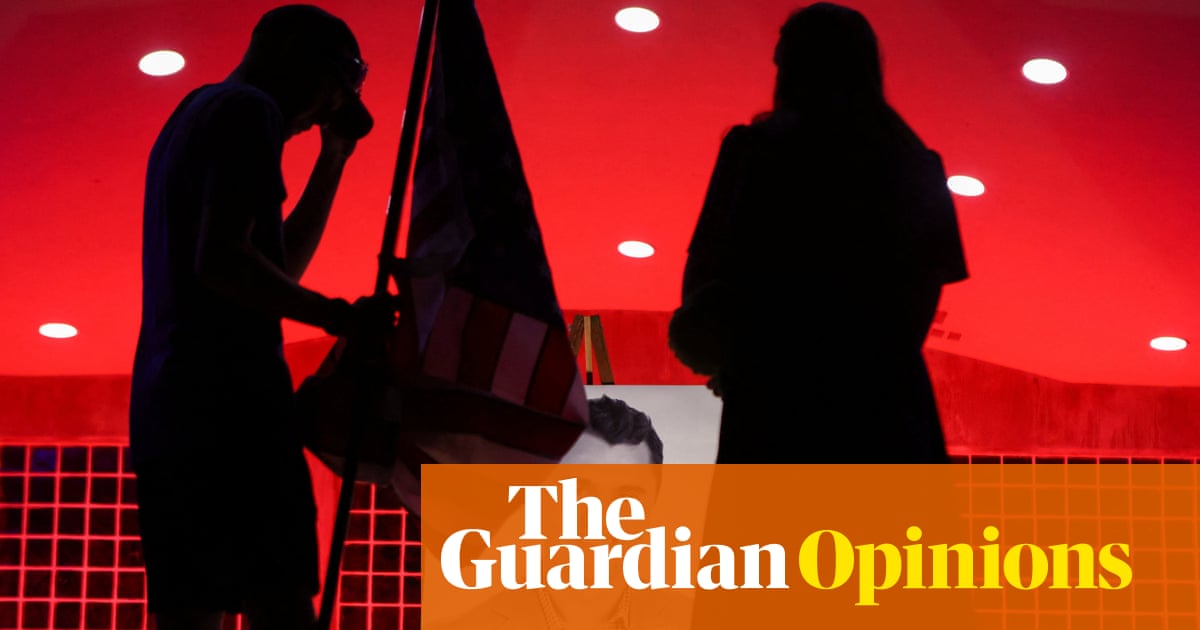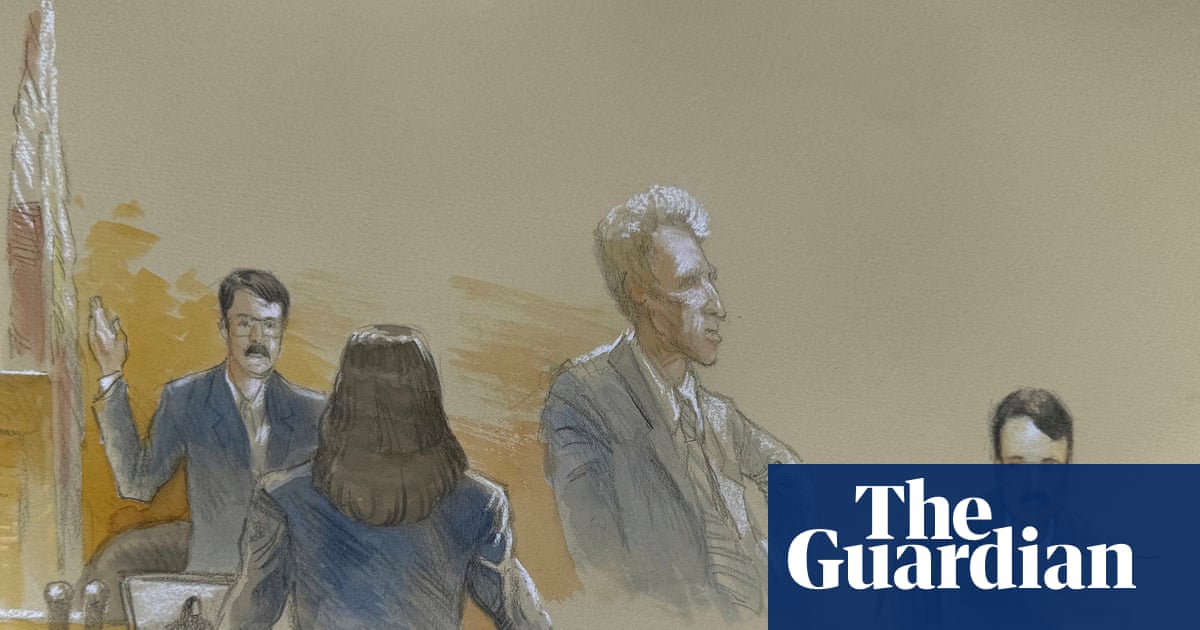As dawn broke over Tehran, firefighters and other rescue workers saw for the first time the full extent of the damage done by overnight Israeli strikes.
Among the first locations reached by responders in the capital was a 12-storey block of flats looming above a road junction and a shopping mall in the northern suburbs. A huge blast at around 4am had gutted two upper levels, showering debris into the street below.
It soon became clear why this particular floor on this particular block had been selected by Israeli military planners. It was the home of Ali Shamkhani, one of the country’s most senior security officials and a close aide of the supreme leader, Ali Khamenei.
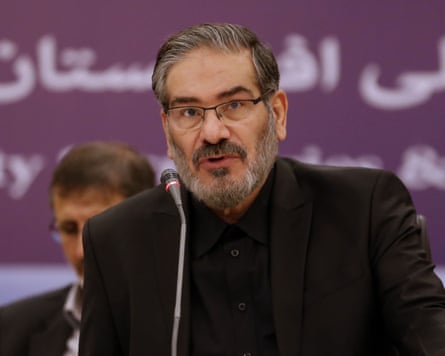
Initial reports said Shamkhani, who is also a key negotiator in ongoing indirect talks with the US over Iran’s nuclear programme, was injured. But by mid-morning it was announced that the 69 year old had been killed.
By then, it was clear that Israel’s attack was on a much greater scale than anyone had previously envisaged. Dozens of other targets in and around Tehran had been hit by warplanes. Across the capital, buildings were burning, with gaping blackened holes where flats had existed hours before.
Other top officials had been killed in this first wave of strikes, including Mohammad Bagheri, the chief of staff of Iran’s armed forces, and Maj Gen Hossein Salami, the head of the powerful Islamic Revolutionary Guard Corps, who died in an attack on the IRGC’s headquarters.
Other casualties included officials in charge of Iran’s nuclear programme and its ballistic missile arsenal, including two well-known scientists. There were reports of further deaths and injuries, possibly among members of the dead men’s families, though no confirmed numbers.
Golnar, a resident of Saadat Abad, northern Tehran, was asleep when blasts woke her just after 3am.
“I woke up to the first explosion and rushed to the windows to check. Then minutes later I heard four explosions back to back … The windows were shaking and people in the building started screaming,” Golnar told the Guardian.
“We knew from social media that tensions were heightened between Israel and the regime, but we were not told by the authorities that we must prepare. Everything happened so quickly. We were scrambling for information on whether this was an attack or a natural disaster,” she said.

A human rights activist living near Shahr Ara Street in Tehran described “total chaos in the residential areas”.
“Traffic jams and clueless crowds are still trying to make sense of what’s happening,” they said. “Smoke is still billowing from residential streets and there’s debris around homes. The sky is red and we fear there will be more attacks,” they said.
Elsewhere in Iran, people were also waking up to destruction.
Drivers could see plumes of oily black smoke pouring from the major nuclear facility of Natanz, 200 miles (320km) south of Tehran. Residents of the north-western city of Tabriz ran for shelter as several targets were hit. Others cowered as missiles slammed into a suspected nuclear site in the central city of Arak and amid blasts at air defence missile bases in Kermanshah, close to the border with Iraq.
There were strikes in Hamadan province, where a long-range radar facility appeared to have been badly damaged; and at Piranshahr, in West Azerbaijan Province, a launch site for ballistic missiles was hit.
For many Iranians, often unaware they are living next to critical military or nuclear infrastructure, the attacks prompted great fear.
Among those opposed to the regime, the attacks prompted excitement, even jubilation.
An emergency unit doctor in Tehran said mid-morning that no civilian casualties had been brought into his hospital so far.
“Some of us in the emergency units have to cancel any planned leaves, and hospitals have been put on high alert. My elderly father woke up to loud explosions in western Tehran. He called me with a trembling voice, and for the past six months we have lived in fear that tensions will escalate,” the doctor said.
Israel has said the attacks were just the opening salvo of a much broader offensive, which could continues for days, or even weeks.
“We are already dealing with a dire economic crisis,” the human rights activist said. “We are stocking up on food and supplies which are already expensive. Where do we even flee to if attacked again today? We don’t have bomb shelters like the Israelis do and we can’t flee to Iraq or Afghanistan. We are stuck.”
Azadeh, a resident of Vanak, said everyday Iranians had not asked for this war.
“Around 3.40am, the explosion sounds started getting louder and louder. It got very frightening. There were loud screams across the streets. The explosion was near the main square which is scary.
“However, [after] the news that IRGC commanders were killed and not civilians, some of us are happy about it. The mullahs are responsible for any civilian deaths that may occur this time,” Azadeh said.
Though images of the aftermath of strikes suggested there were at least some casualties among the families and neighbours of targeted individuals, the overall death toll was unclear. Iranian state media were reported to have given an unofficial total of at least 78 people killed and more than 300 injured in Tehran.
Iran’s Atomic Energy Organisation said most of the damage from strikes targeting its Natanz facility was at ground level and there had been “no casualties” there.
Some analysts say the attacks will prompt people to rally behind the regime, but others argue that Iran’s inability to either protect its own senior officials and infrastructure or, so far, strike back effectively will damage its credibility among the wider population.
None of the 100 armed drones reportedly launched by Iran at Israel on Friday reached their targets, Israeli officials said. Iran’s state news agency denied any such attempted attack.
Journalists in Iran told the Guardian they had been instructed not to share any news, images and videos on social media by the authorities, and editors had been warned off reposting phone footage from witnesses to the strikes.
“The only videos shared should be [emphasising] how devastating Israel’s attacks were on the innocent people,” said a reporter in Karaj, west of Tehran. “The problem with this is, there are no ground reports for now that civilians were killed or seriously injured. The [authorities] don’t want to look weak in front of radical supporters. Only the state media’s assigned reporters are allowed on the explosion sites.”
Israel has said its attack was essential because Iran was on the brink of acquiring nuclear weapons capability. Iran has repeatedly denied such intentions, saying it wants nuclear energy only for civilian purposes, and has publicly rejected Washington’s demand to scrap enrichment, describing it as an attack on its national sovereignty.
The Israeli prime minister, Benjamin Netanyahu, said he hoped the attacks would trigger the downfall of Iran’s theocracy, and that his message to the Iranian people was that Israel’s fight was not with them, but with the “brutal dictatorship that has oppressed you for 46 years”.
Khamenei said in a statement after the first strikes that Israel had “unleashed its wicked and bloody” hand in a crime against Iran and that it would face “a bitter fate”.
The human rights activist in Tehran said ordinary people would “bear the consequences of anything that happens in the next hours and days”.

 3 months ago
41
3 months ago
41
